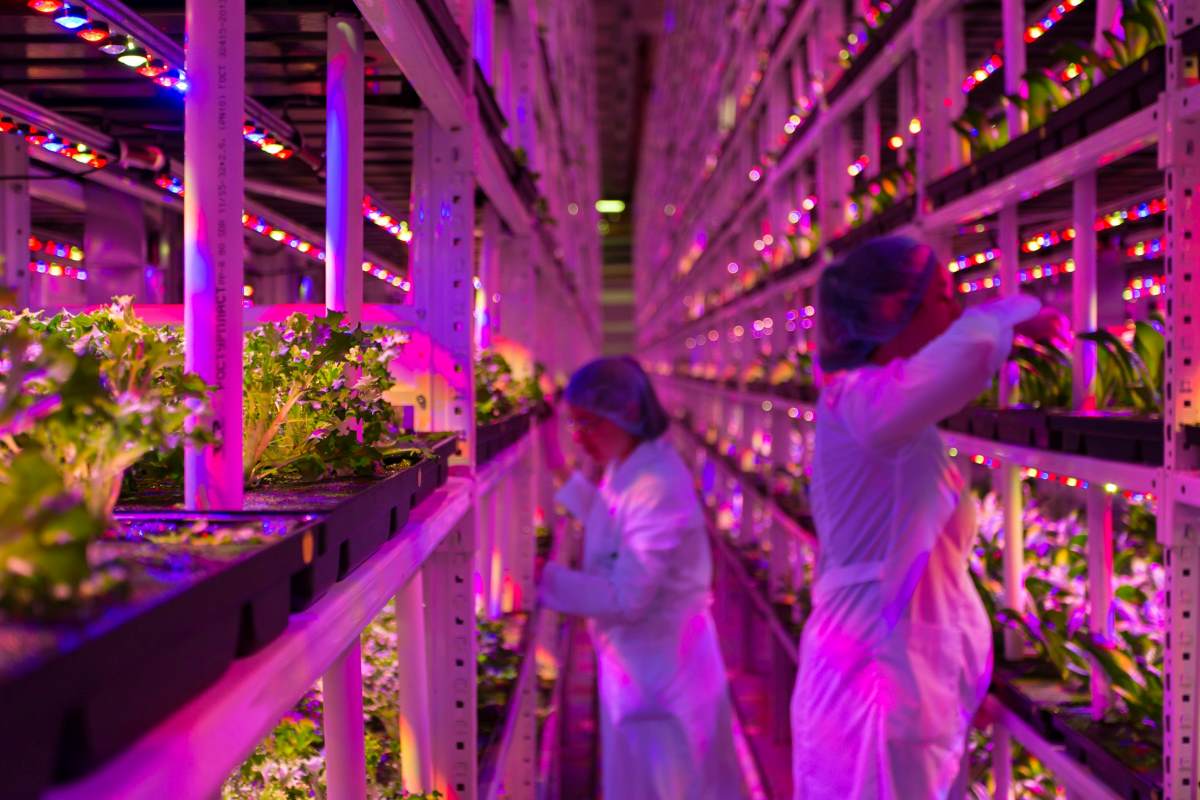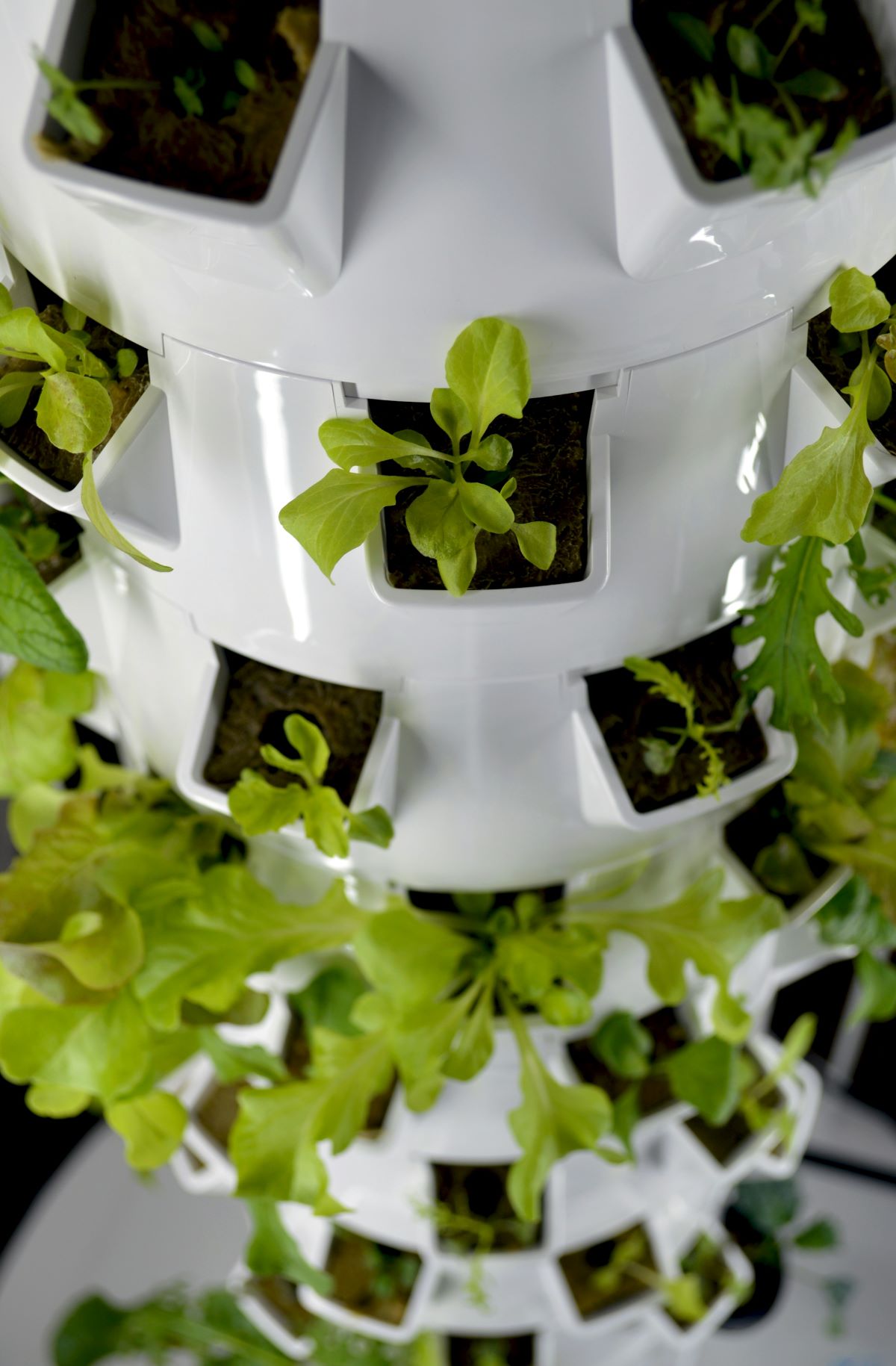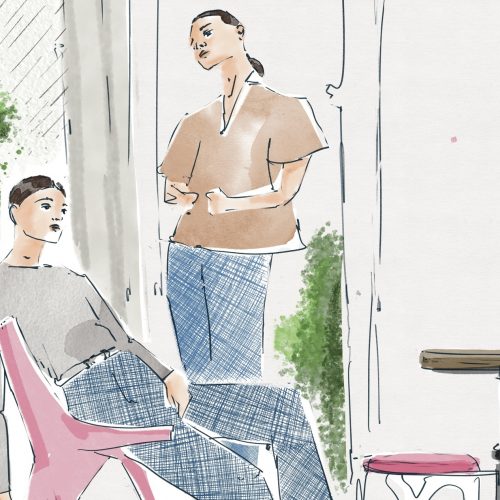Vertical Farming | Urban Solution for Fresh Food
For quite a long time now, we have been building in height in order to reduce land use, and agriculture is not lagging behind innovation. Vertical farming is here to present a sustainable solution to grow greens in urban areas.
To receive the Luxiders Newsletter, sign up here.
By 2050 the world’s population will reach nearly 10 billion people. Feeding the future population with healthy and sustainable food will not be an easy task. Especially in cities, it is important to find a way to offer regional and fresh food, as it contains essential nutrients for good health. Is there a sustainable way to provide healthy food in big cities or is it just a science-fiction dream?
WHAT IS VERTICAL FARMING?
Vertical farming is an agricultural concept, in which, instead of horizontal agriculture, the production of vegetables and fruits happens in vertically stacked layers that regularly rotate. It often integrates controlled-environment agriculture with the goal to optimise plant-growth and nutritional composition. For the vertical cultivation of crops, methods such as hydroponics, aeroponics and aquaponics are used. All three methods provide the plants with a nutrient solution.

Petr Magera © via Unsplash
BENEFITS OF VERTICAL FARMING
FOOD SECURITY
The most obvious benefit of vertical farms is the food-security for a growing future population. Calculations of the United Nations show that in 2050 six billion people of the total world population will live in urban areas. All these people need enough food. But the agricultural usable land becomes less due to monocultures, the use of chemicals and overgrazing. Moreover, climate change leads to extreme weather conditions which makes the harvest unpredictable. Vertical farming is a stable agricultural concept, where the yields can be precisely calculated.
LESS LAND USE
The construction leads to another benefit as these farms are built into the height instead of the width. This saves a lot of land and makes it possible to produce fresh food in the middle of a big city. Without the future of vertical farms, agricultural land would have to be increasingly extended. This is only possible by clearing up forest areas and reclaiming moors, which would cause even more damage to our ecosystem. This shows once more how important the development of agriculture is.
LESS WATER USE
Besides saving land, vertical farms also save a lot of water in comparison to traditional farming. They require only five to ten percent of the water of what normal agriculture needs. This is due to their highly efficient water system.
FOOD SAFETY
Furthermore, the use of chemical pesticides and fertilisers is reduced in vertical farming, which prevents overfertilization and the pollution of the environment and water bodies. In a time when resources are scarce, it is especially important to save them wherever it is possible.
REDUCED EMISSIONS
Last, but not least, through vertical farming long transportation ways can be avoided and fewer greenhouse gases are produced. Citizens of big urban areas have access to fresh, regional food 365 days a year.

Nadine Primeau © via Unsplash
SCIENCE-FICTION DREAM OR REALITY?
Vertical farming is not a science-fiction dream anymore. We present to you some of the most popular vertical farms around the world.
BUSTANICA
The biggest vertical farm in the world can be found in Dubai at 30,000 square metres. By calculations, Bustanica saves 95% of water compared to conventional farming. Since most of the vegetables and fruits are imported to The Arab Emirates from Europe or the USA, this vertical farm can be a start for a more sustainable food production in Dubai.
NORDIC HARVEST
Located in Denmark, Nordic Harvest is Europe’s biggest vertical farm. In a big hall, free from fungal spores, soil bacteria and dirt, different kinds of greens grow 365 days a year. This is possible through photosynthesis caused by LED-Light and nutrients and water absorbed through the roots of the plants. Nordic Harvest not only produces vegetables in a sustainable way, but also packs it with 100% recyclable plastic-packages that can easily open and close, which makes it possible to keep the greens fresh for a longer time.
INFARM
Besides two of the biggest vertical farms, there is also a smaller variation. The company Infarm, founded in Berlin, takes vertical farming to a whole new level. Infarm aims at not only producing greens in a sustainable way, but also shortening the transportation way. That is why Infarm designed Mini Vertical Farms that can stand in supermarkets or even in your own home.
Highlight Image: © Petr Magera via Unsplash
+ Words:
Kseniia Gavrilova
Luxiders Magazine




